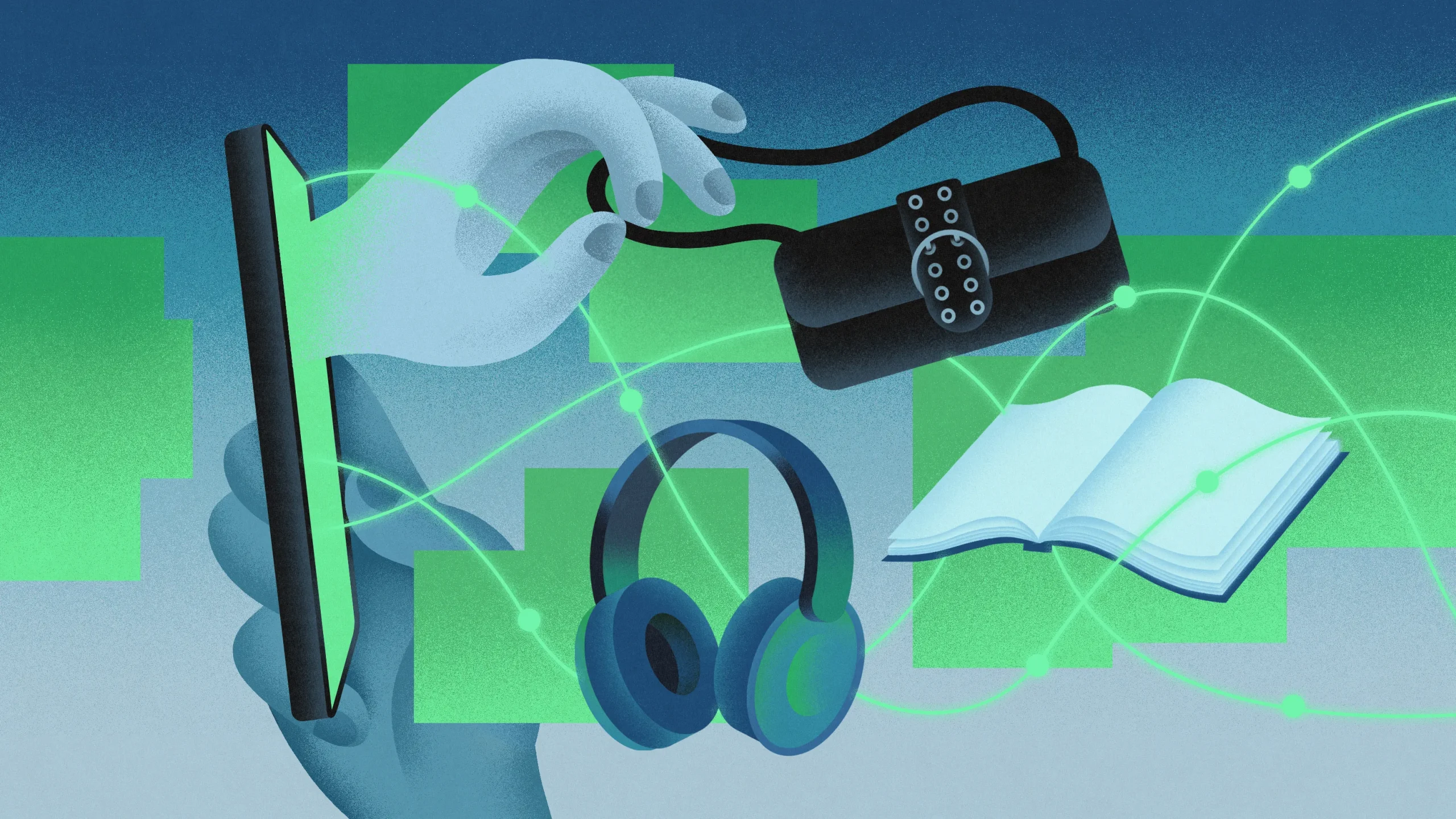reachfar.org – In the digital age, the role of cultural curators has evolved significantly, with the new generation taking the helm in shaping the landscape of art and music. These curators, often digital natives, are not just collectors or exhibitors but influencers, tastemakers, and innovators who leverage social media and technology to redefine how we discover, appreciate, and engage with cultural expressions. This article explores the impact of these young curators on the art and music scenes, highlighting their methods, influence, and the challenges they face in their roles.
The Rise of Digital Platforms in Cultural Curation
The new generation of cultural curators has embraced digital platforms like Instagram, TikTok, and YouTube to curate and share their artistic and musical discoveries. These platforms have democratized the curation process, allowing anyone with an internet connection to become a cultural influencer. The immediacy and accessibility of digital curation have transformed the way art and music are consumed, making it more inclusive and interactive.
Redefining Art and Music Appreciation
Cultural curators of the new generation are not bound by traditional definitions of art and music. They celebrate diversity, inclusivity, and innovation, showcasing works that might have been overlooked by mainstream institutions. By doing so, they are redefining what is considered art and music, broadening the horizons of appreciation and engagement.
The Influence on Art and Music Scenes
The impact of these young curators is evident in the art and music scenes, where they have influenced trends, popularized emerging artists, and even influenced the programming of established institutions. Their ability to connect directly with audiences has given them a significant voice in shaping cultural narratives and preferences.
Challenges Faced by New Generation Curators
Despite their influence, new generation curators face challenges such as the ephemeral nature of digital fame, the pressure to constantly discover the “next big thing,” and the skepticism from traditional gatekeepers. Balancing authenticity with the need for engagement metrics is another hurdle they must navigate.
The Future of Cultural Curation
As technology continues to evolve, the role of cultural curators will likely see further transformations. Virtual reality, augmented reality, and artificial intelligence are just a few technologies that could reshape how art and music are curated and experienced. The new generation of curators is poised to lead these changes, ensuring that cultural curation remains relevant and dynamic.
Conclusion
The new generation of cultural curators is not just influencing art and music; they are redefining the very essence of cultural curation. Through their innovative use of digital platforms, commitment to diversity, and ability to connect with audiences, they are shaping a more inclusive and dynamic cultural landscape. As they continue to navigate the challenges of their role, their influence is set to grow, making them key players in the future of art and music.
